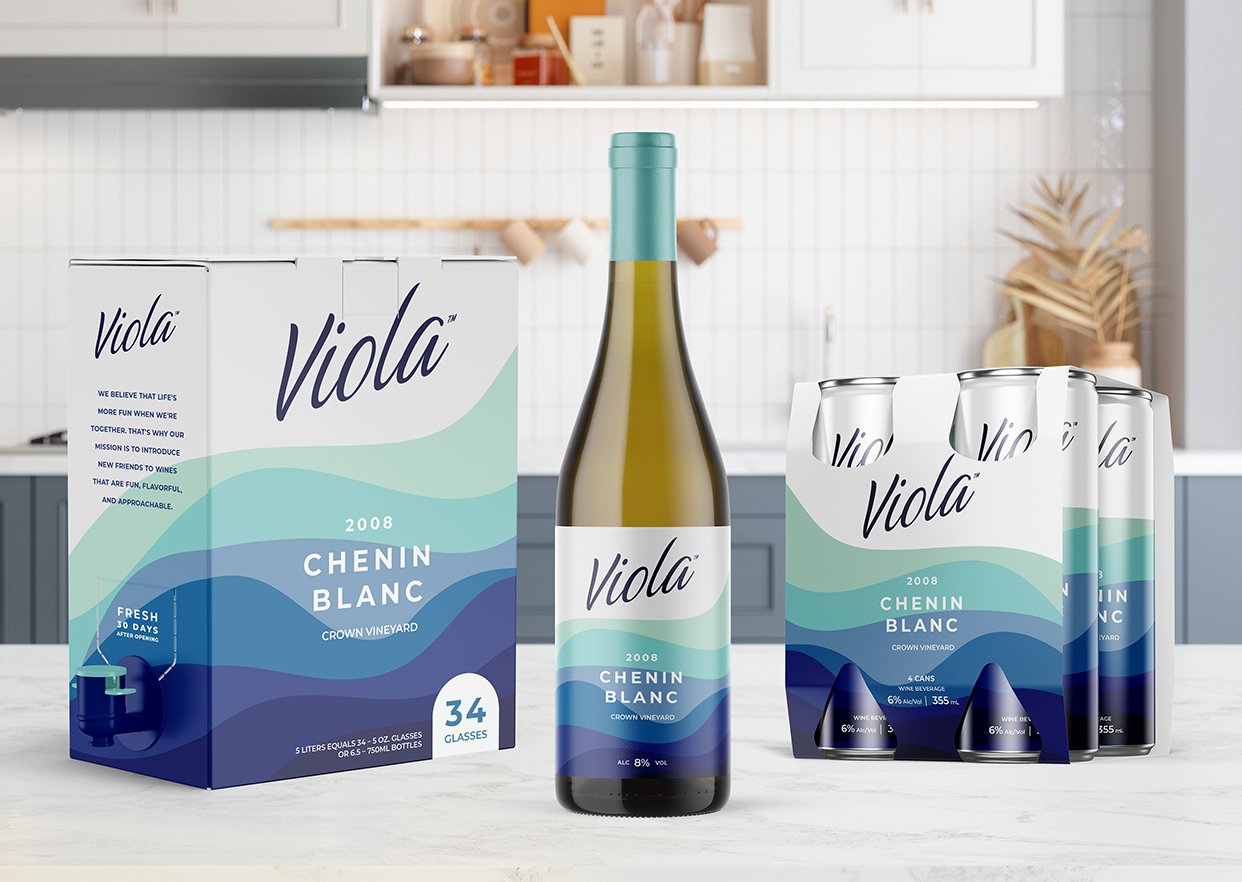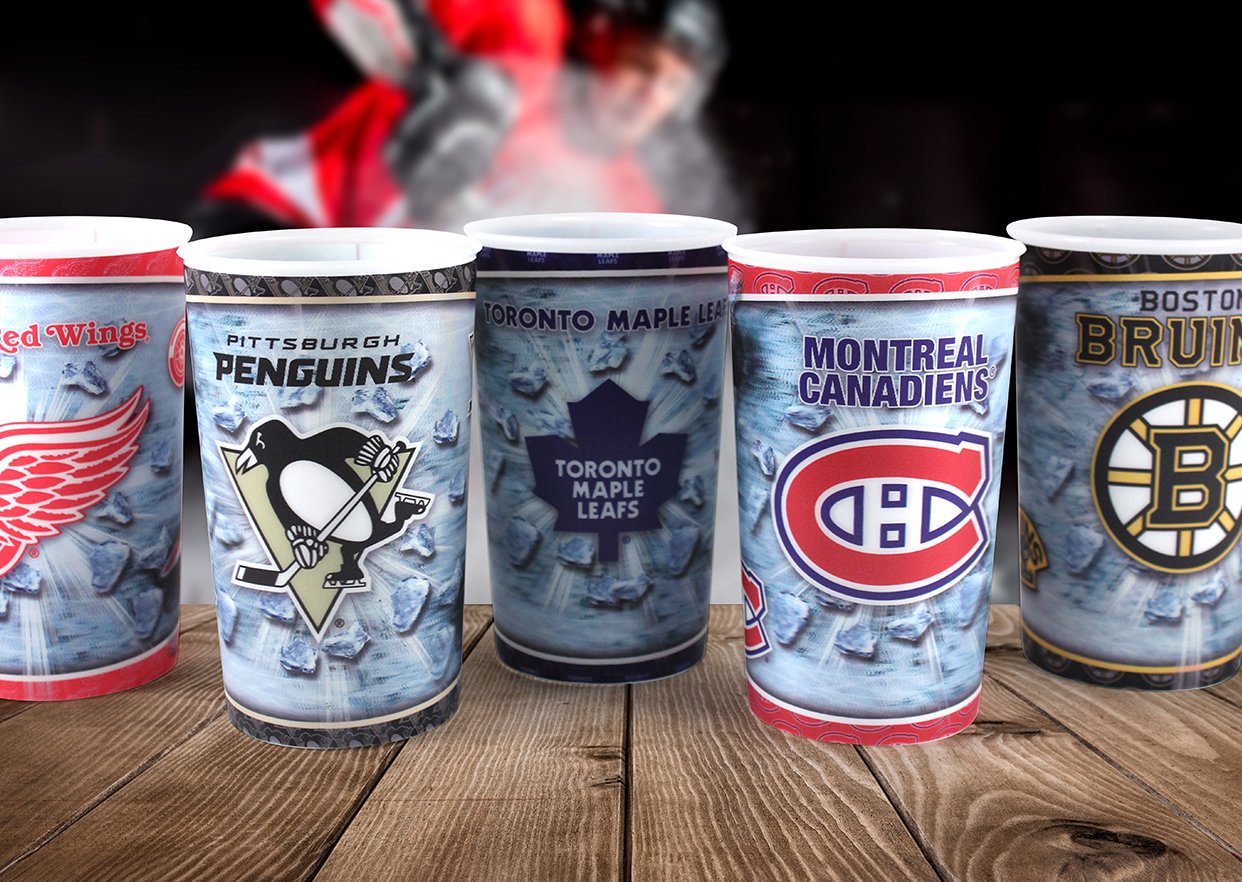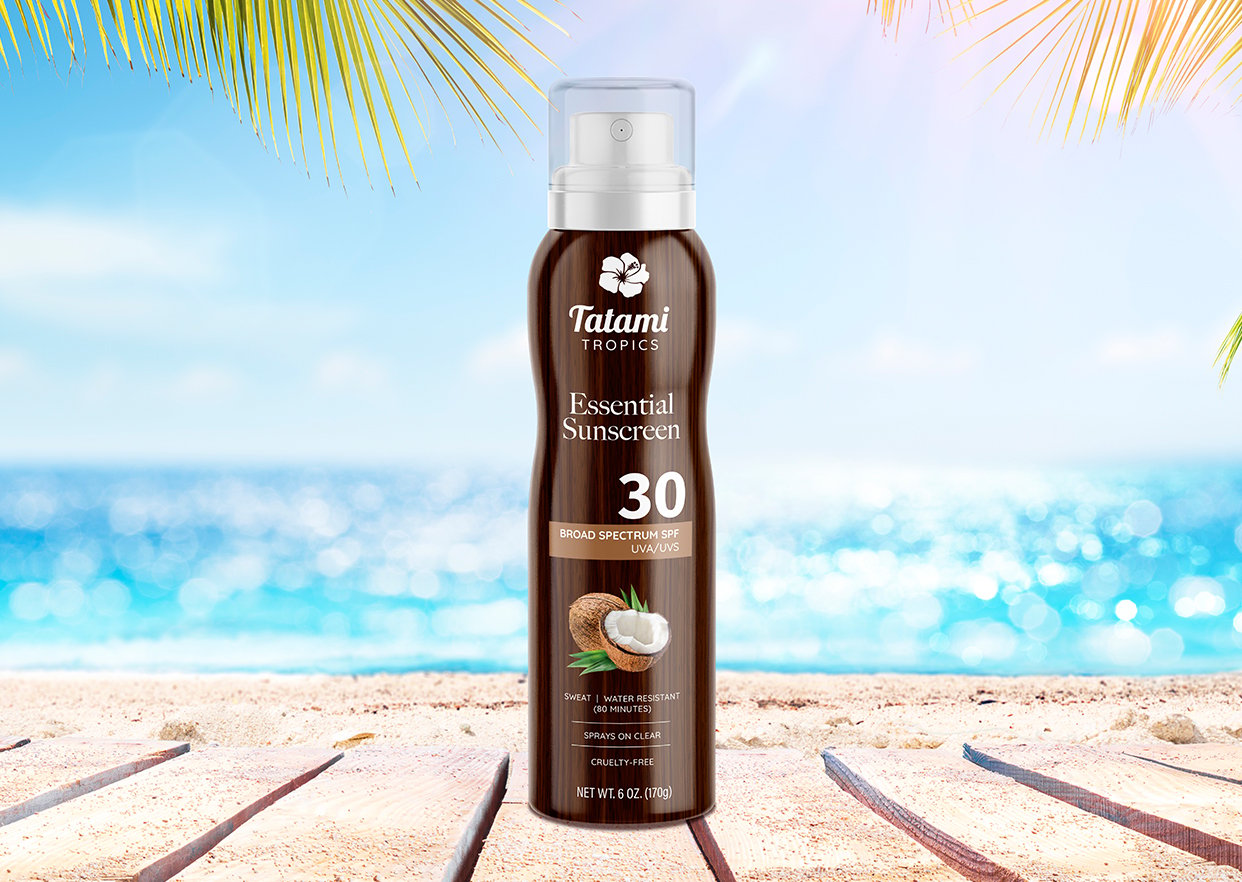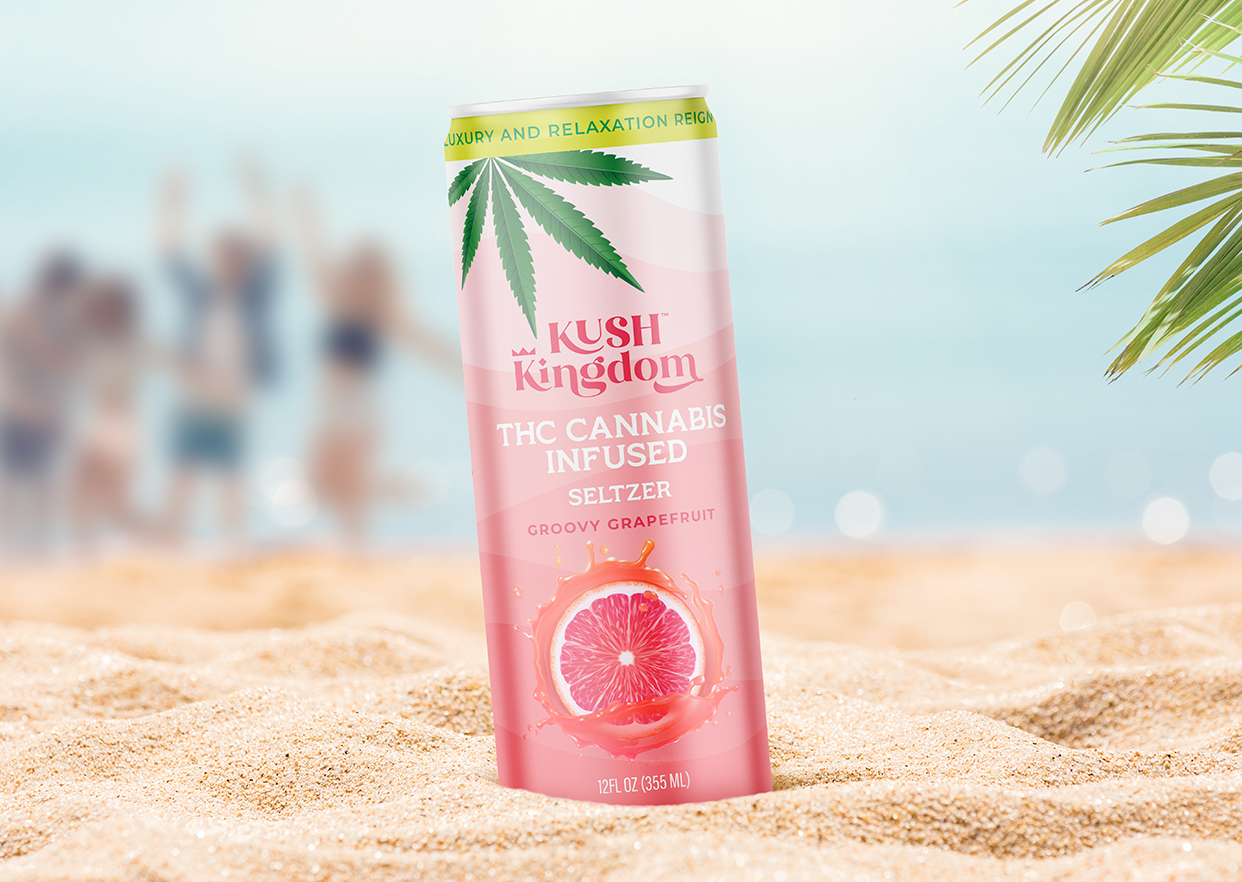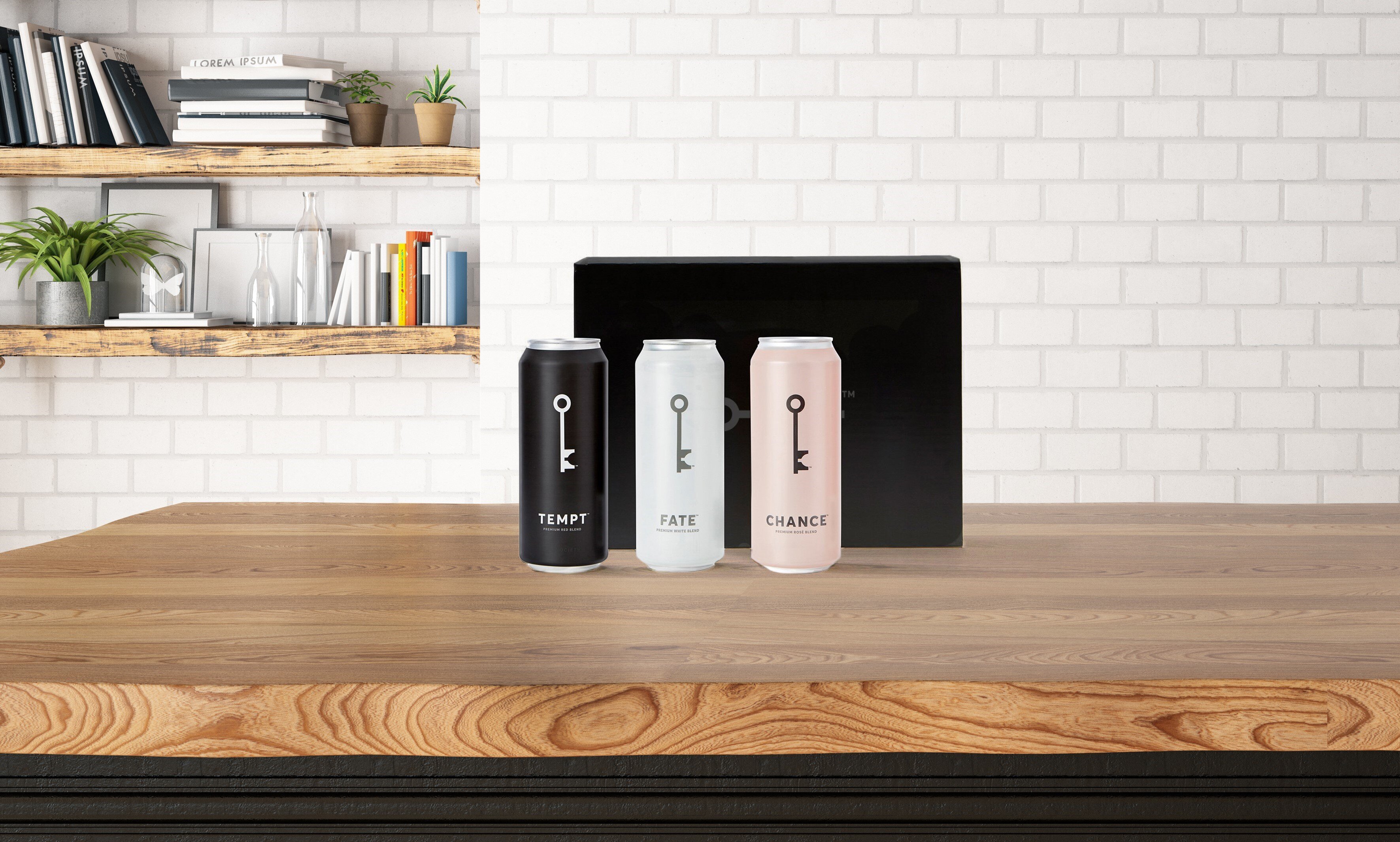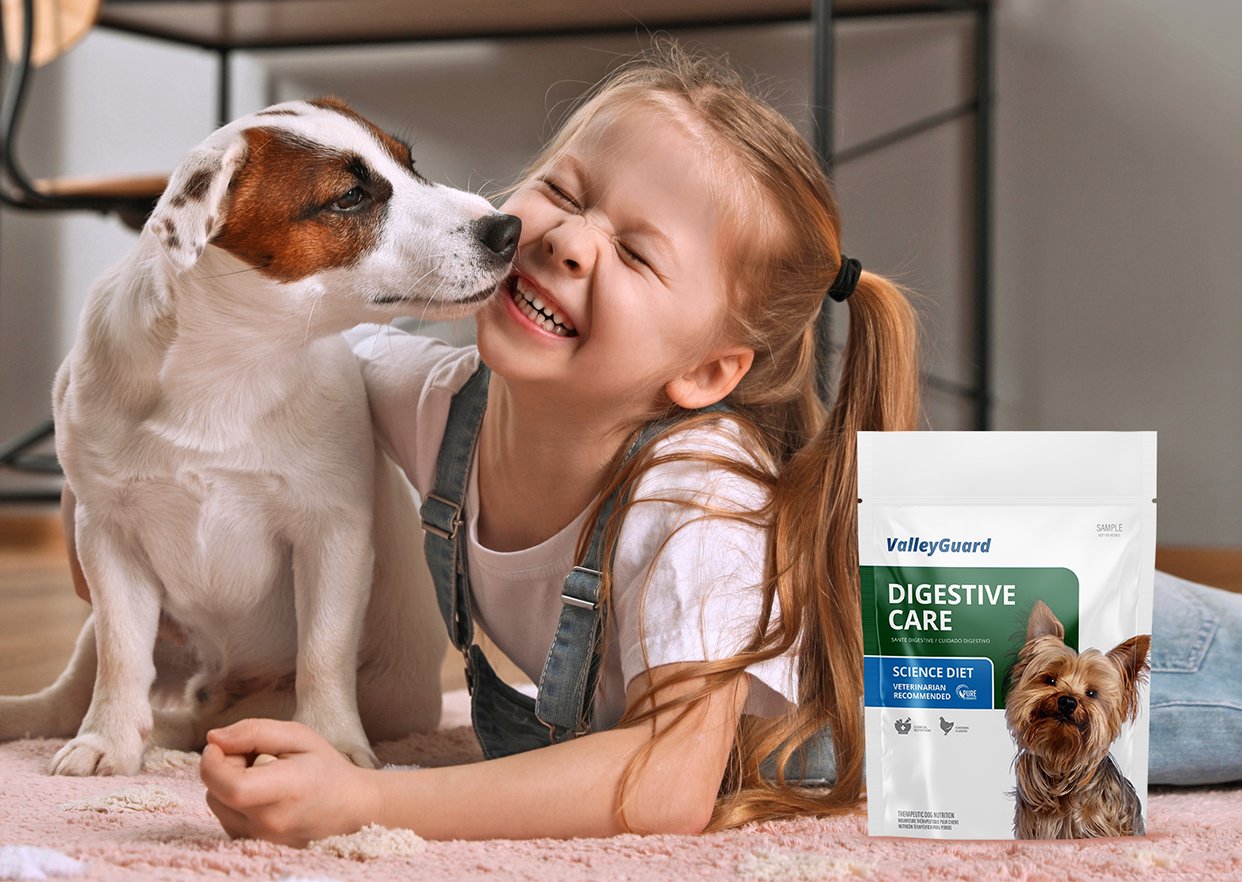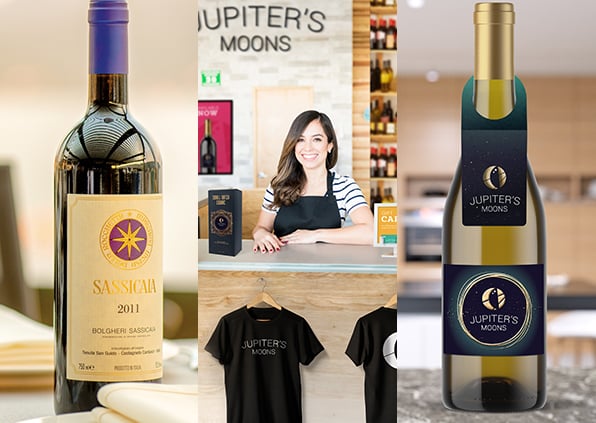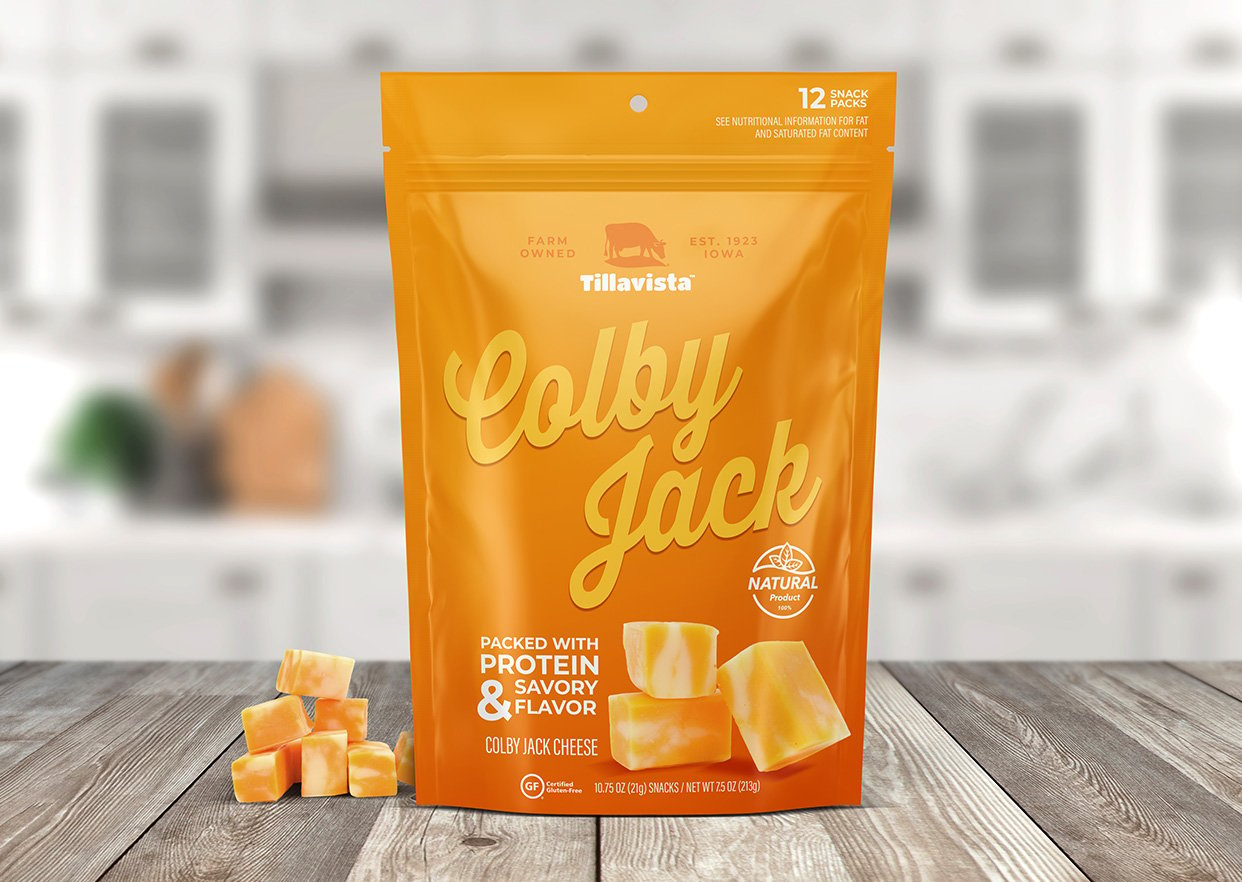Whether white, blush, rose or red, sparkling or still, the U.S. wine market is going strong. Domestic wine sales were estimated at $67 billion in 2022 and are projected to top $115 billion by 2030 – a very healthy CAGR of 6.8%.
Branding and aesthetics take on enormous importance in a hyper-competitive market of this type. Research has proven beyond any doubt that stylish, eye-catching packaging designs drive consumer perception of product quality and desirability – long before a cork is ever popped.
This blog will explore some of the trends that we’re seeing in the U.S. wine industry. In particular, we will focus on wine packaging, a topic that is especially dear to us at Taylor.
Packaging Trends to Watch in the U.S. Wine Industry
1: Canned Wine
Cans aren’t just for beer, soda and seltzers anymore. Aluminum cans are a fast-growing packaging option among domestic wine growers and understandably so.
Cans are shatterproof, making them ideal for settings where glass bottles are not permitted for safety reasons. The light weight and compact size of cans versus bottles makes them far more portable and convenient. Airtight and completely opaque, cans also do an excellent job of preserving wine’s freshness.
From a packaging perspective, cans open up an exciting avenue for wine marketing as well. When covered with shrink sleeve labeling, the can itself becomes a prominent feature of the brand. Shrink sleeves allow full-body, 360° coverage that commands attention on the shelf. The film material used for shrink sleeves also enables vibrant, deeply saturated colors and is both durable and scratch resistant, always important in a retail setting.
2: Boxed Wine
Boxed wine has been around longer than canned wine but continues to experience tremendous sales growth. Here again, convenience and value are among the benefits driving purchase behavior.
Boxed wine can be opened anywhere without the need for corkscrew. The resealable spout means that freshness can be maintained for many days, never a strong point of traditional bottled wine. And, the space-efficiency and light weight of a wine box means that multiple bottles can be purchased in a single container. The ubiquitous three-liter wine box holds the equivalent of four 750ml bottles. Wine in a box is far lighter, easier to handle and less expensive than wine purchased in four glass bottles.
When it comes to packaging, boxed wine creates many of the same marketing opportunities as canned wine. The large, flat surface area of a wine box functions as a full-color billboard for your brand. Fast-growing “luxury” boxed wine brands are capitalizing on this advantage to carve out market share on a crowded shelf.
There is also a powerful sustainability message associated with boxed wine. The box can be made of recycled materials, is easily recycled afterward, and saves on fossil fuels during transport due to its compact shape and light weight.
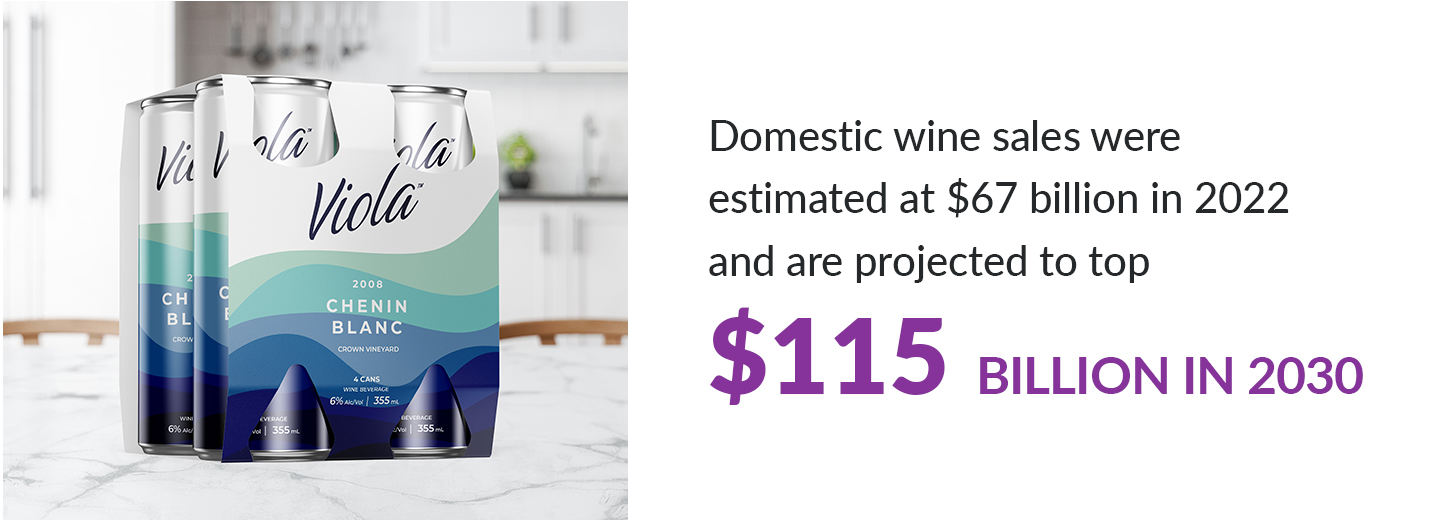
3: Textured Labels and Custom Embellishments
We previously noted how important branding and aesthetics are to the wine buyer’s decision process. Walk any wine aisle and you will see this fact play out in the special finishes and embellishments that are added to many wine labels. Done right, such luxurious touches connote higher quality in the consumer’s mind and can allow the product to command a higher price at the register.
Embossing, hot foil stamping, lamination, raised screen printing and elaborate die cut shapes are just a few of the techniques used to catch the consumer’s attention at the point of sale. Textured finishes, in particular, are effective because of the multi-sensory experience they create. Texture begs to be touched and, once the bottle is in the hand of the consumer, you are just once decision point away from a sale.
4: Minimalism
Ironically, the next trend is somewhat at odds with trend #3. Minimalistic packaging is growing in popularity in many consumer product categories as eco-conscious consumers seek simplicity and a smaller carbon footprint. This trend is apparent in the wine market.
Simple, clean label designs are currently in vogue and are proven to capture consumers’ attention. There is strong overlap between this trend and the movement toward natural and organic wines. The eco-friendly allure of organically produced wine, packaged with simple and unpretentious labeling, is appealing to a younger category of wine drinkers willing to pay a premium price.
Taylor: Complete Wine Packaging and Labeling Solutions
Taylor creates innovative labeling and packaging solutions for prominent brands throughout the consumer packaged goods industry. The sheer diversity of our capabilities puts us in a unique position to serve wine producers.
All of the trends noted here play to Taylor’s natural strengths in the packaging industry:
- Taylor creates shrink sleeve labels for cans and bottles of nearly every conceivable size and shape.
- We are one of the nation’s leading producers of paperboard carton packages, such as those used to hold the wine bags inside a container of boxed wine.
- From turnkey wine label design to all of the special finishes and embellishments described above, Taylor specializes in the type of custom wine bottle label manufacturing that is proven to capture market share.
- Our industry expertise doesn’t end with shrink sleeves, boxes and custom wine labels. Taylor’s massive commercial printing capabilities enable you to source brochures, posters, coupon pads, postcards, promotional marketing items and more – all through a single relationship.
Whether you plan to take your wine to market in a can, box or bottle, we should talk. Contact a Taylor representative to learn how a better wine packaging solution can drive better results on your bottom line.
